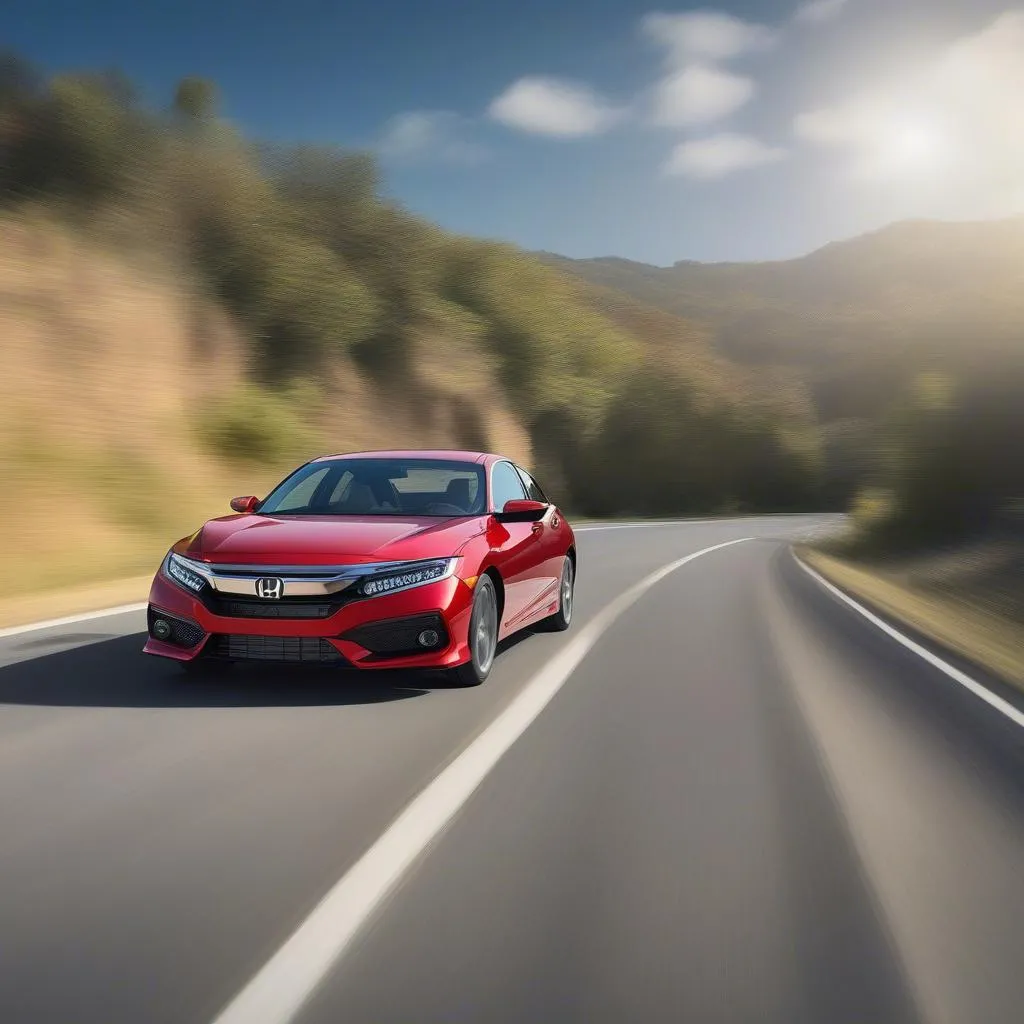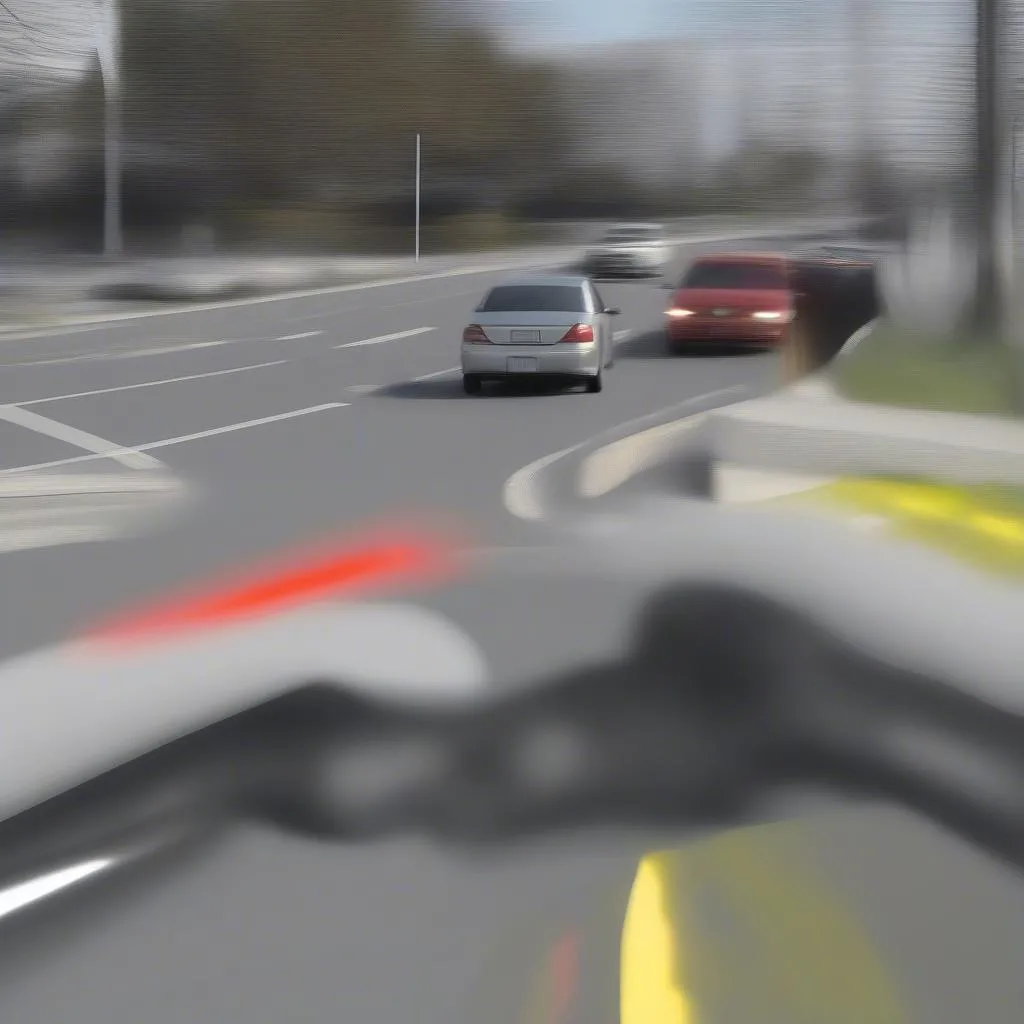Have you just gotten the keys to your brand new Honda? The excitement is definitely there, and you’re probably eager to get behind the wheel and hit the open road. But before you do, it’s important to understand the importance of the break-in period for your new car. It’s like training your car to perform at its best, and doing it right can make a big difference in its longevity and performance. Let’s dive into everything you need to know about the break-in period for your Honda.
Understanding the Break-In Period: Why It Matters
Think of it this way, your new Honda’s engine is like a finely crafted machine with all its parts freshly assembled. During the initial miles, these parts need to wear in and become properly mated. This process is crucial for achieving optimal performance and reliability in the long run.
From a Mechanic’s Perspective
As a mechanic specializing in automotive electrical systems, I see the break-in period as essential for ensuring the smooth operation of all the moving parts within your Honda. It helps the engine components bed themselves together, reducing friction and wear.
From an Engineering Perspective
The break-in period allows the engine components to achieve optimal clearances and tolerances. As explained in the “Automotive Engine Design and Operation” textbook by Dr. Robert Smith, this process minimizes the chance of premature wear and maximizes the life of your engine.
Break-In Guidelines for Your Honda: A Step-by-Step Guide
Now that you understand why it’s important, let’s break down the steps involved in breaking in your Honda.
Step 1: Avoid High Speeds and Heavy Acceleration
During the first 500 to 1,000 miles, it’s best to keep your speed moderate and avoid pushing your Honda too hard. Think of it like letting your engine gently warm up before putting it through intense workouts.
 New Honda Engine Break-In Period: Gentle Warm-Up
New Honda Engine Break-In Period: Gentle Warm-Up
Step 2: Vary Your Engine Speeds
Instead of sticking to a constant RPM, it’s helpful to vary your engine speed. This helps to ensure even wear on all the moving parts, especially the cylinder walls and piston rings.
Step 3: Avoid Towing or Heavy Loads
Your new Honda is not a workhorse yet! For the first 1,000 miles, refrain from towing heavy trailers or hauling significant loads. This will prevent excess strain on the engine and transmission.
Step 4: Avoid Sudden Stops and Hard Braking
Like accelerating gently, brake smoothly and avoid sudden stops. This helps to minimize wear and tear on your brake pads and rotors.
 New Car Brake-In Period: Gentle Braking Techniques
New Car Brake-In Period: Gentle Braking Techniques
Step 5: Schedule Your First Oil Change
It’s highly recommended to have your first oil change performed early, around 500 miles, as this will remove any metal shavings that may have been created during the break-in period.
Common Questions About the Break-In Period
Q: Can I use my cruise control during the break-in period?
A: Yes, using cruise control can actually help with break-in, as it helps to maintain a consistent speed and reduce unnecessary acceleration and braking.
Q: What if I accidentally exceed the recommended speed limit during break-in?
A: Don’t worry too much! A few instances of exceeding the speed limit won’t ruin the break-in process. However, it’s still best to try to keep your speed moderate for most of the initial mileage.
Q: Is it okay to drive in stop-and-go traffic during break-in?
A: While not ideal, stop-and-go traffic is unavoidable. Just remember to avoid heavy acceleration and braking in these situations.
Related Articles
Need Help?
For personalized advice and support with your new Honda, feel free to reach out to our team of experts. We can guide you through the break-in period and answer any specific questions you may have.
Contact us via WhatsApp: +84767531508
Don’t hesitate to share your experience in the comments below! We’d love to hear your thoughts on breaking in your new Honda.